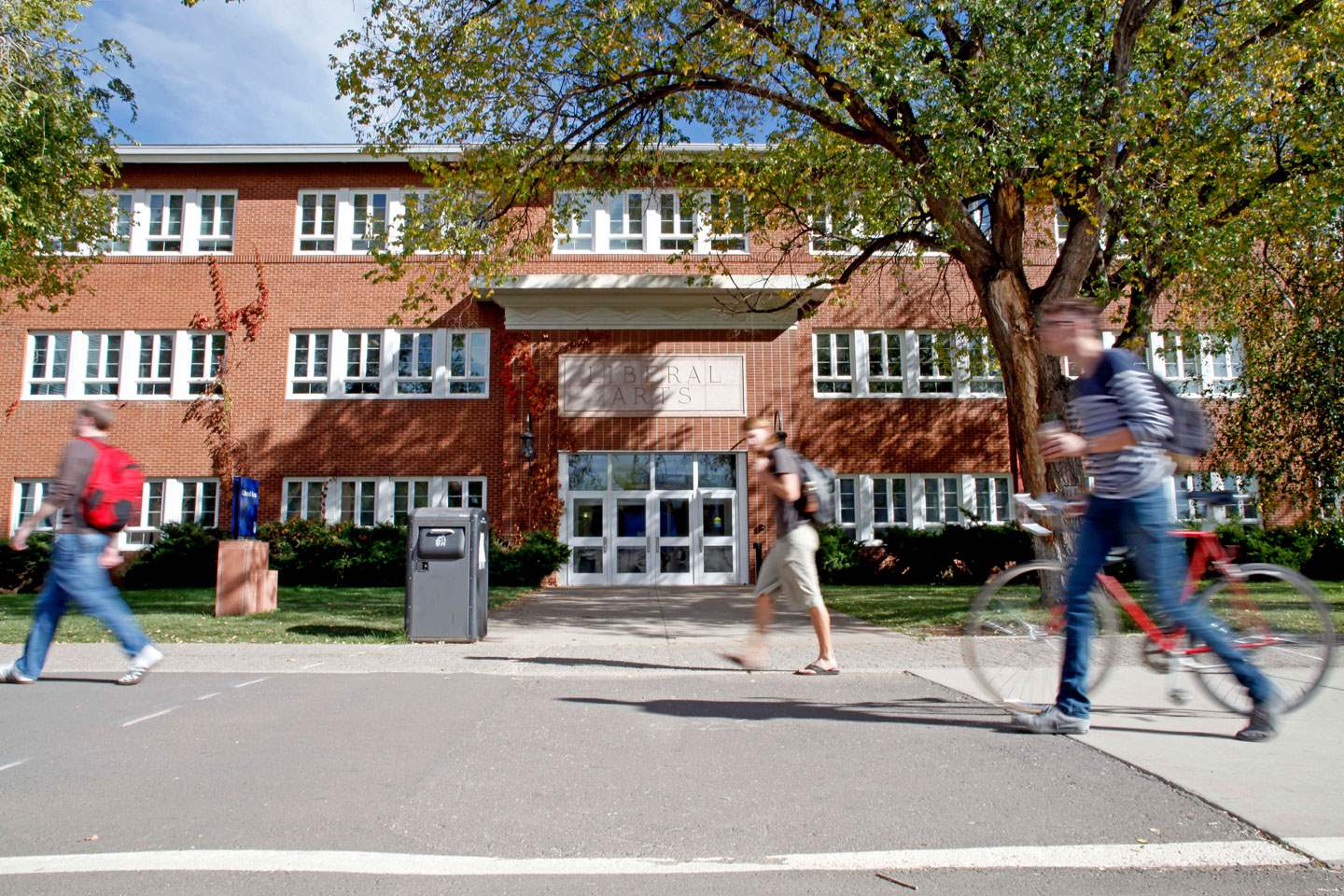InClass
Learn why career and technical education are crucial in Arizona for the 21st century. A high school diploma isn’t what it used to be.In years long past, graduating from high school could just about guarantee you a slot in the American middle class. That sheet of paper represented a sufficient skill
Nov 11, 2015
Learn why career and technical education are crucial in Arizona for the 21st century.
A high school diploma isn’t what it used to be.
In years long past, graduating from high school could just about guarantee you a slot in the American middle class. That sheet of paper represented a sufficient skillset to score a well-paying gig — but the days of low-skill, high-wage jobs are behind us, and Arizona’s graduates need routes that are fit for the 21st century.
Career and Technical Education (CTE) offers exactly this.
United States Secretary of Education Arne Duncan writes that in order to succeed in “a competitive global economy, a knowledge-based society, and a hyper-connected digital world,” the students of today “must be lifelong learners, able to re-skill frequently over the course of their careers, in order to meet the changing demands of the workplace and the marketplace.” The answer? CTE.
Julie Stockwell, curriculum and instructional specialist at Western Maricopa Education Center (West-MEC), sat down to set the facts straight on this generation’s career and technical education.
“CTE coursework prepares students to enter the workforce and to pursue continuing education. It’s the best of all worlds. They get the academic skills — high level math and reading — but they also get the technical skills,” she explains.
CTE classes today are far from the stereotypical technical education of the past. “When I think of my high school experience,” Stockwell says, shaking her head, “with what vocational ed was at the back of the campus, in the dirtiest parts of the school — it’s night and day.” In contrast, today’s West-MEC covers over 3,500 square miles of Maricopa County, offering exciting, high-tech programs where students are highly trained.
For educators to fully embrace CTE, we’ve got to take a step back and look at the big, changing picture. “For so long, we’ve adhered to the mantra ‘We’re all going to college,’” Stockwell laments. “In preparing kids to get into college, we’ve convinced ourselves that four years of traditional English, science, and math are the ticket to post-high school success. In the past 20 years, we’ve essentially added a full year of requirements to high school graduation.”
The ugly consequence? There’s no room leftover in student schedules for any career exploration or technical skill development. Instead, we’re filling their plates with academics taught in isolation, away from real-life application.
CTE curriculum unites academics and application, giving students a reason to work harder at academic skills. Research shows a direct connection between completing CTE programs and higher achievement. The National Research Center for Career and Technical Education found that students who participate in high-quality CTE programs featuring a strong element of core academic content and career education have better learning outcomes, higher academic achievement and greater persistence in postsecondary education.
It comes back to preparing the soon-to-be workforce with experiences that will be invaluable to them as they pave their careers. CTE provides such pathways for Arizona high school students, training them with workforce-ready skillsets — or the ability to jump into college with an edge over their peers. “Many CTE students do go to college, and they have a purpose. They graduate quickly and are able to work in their pathway during college. They graduate with less debt,” Stockwell states.
CTE programs’ retention rates are proof of their attractiveness to our current generation of learners, who are choosing to commit to these time- and work-intensive courses.
Since many CTE opportunities are hosted off campus, students commit to academic studies in the morning, and then are responsible for driving (often several towns over) to their program in the afternoons. It’s a huge demand on their schedules. Take West-MEC’s aviation program. It entails a two-year commitment from Arizona juniors and seniors to not only take their regular high school courses, but to attend the program Monday through Friday from 1:30 to 5:30 p.m., followed by a month of eight hour days the June following high school graduation. The total hour count — nearly 2,000 — makes them eligible for aviation certification testing, which they’re studying for along with their other mountains of class homework.
So why sign up for all this extra work? Do these kids know something others don’t?
Maybe. But it isn’t a secret: CTE programs work.
Take one example program. According to Stockwell, one hundred percent of graduates from the aviation program who have gone on to get their certifications are employed in the aviation industry.
One hundred percent.
“They are either in the military — because it transfers really nicely to the Air Force — working in the field, or in related higher education fields,” Stockwell adds. Each CTE program boasts its own success story.
Stockwell shoots down parent and student fear of being “boxed in” to a career path too early. “We keep sending students to college to ‘explore,’ but that’s exploring in the most expensive environment there is: college. Why wouldn’t we have them explore in high school? In junior high? Why are we waiting for them to discover themselves after high school, when it’s so expensive, when there are so many great local choices? In education, we are about kids and about opportunities. We need to show them these opportunities.”
In an atmosphere where everyone is looking to fix the current system, Stockwell points to a quote from Dr. John Mulcahy, past president of Association for Career and Technical Education of Arizona: “CTE is not a reform movement. CTE is the reform movement for education.”
But it’s the reform movement that is getting its legs cut from underneath it. Current projections show that for next school year, local campuses’ CTE funding will be cut by 50 percent.
“School districts are already in discussions about which programs will have to be cut,” Stockwell states. She ventures that they’ll likely cut the most expensive programs, like auto technology, culinary, and agriculture programs that use biotechnology. “The very thing that keeps kids in school — and we’re going to eliminate it.”
So what can educators do?
Advertise and advocate. Advertise CTE by posting opportunities and having conversations, with all kids of all academic levels, about what their schools and feeder schools offer as potential paths to explore. Also, advocate by calling or writing their legislatures.
Our graduates will come up short without career and technical curriculum, posing a continuing threat to our economy. Arizona students need these efficient routes for exploration, skill-building, and real-life application — the value of our high school diploma depends on it.
For those looking to learn ways to integrate CTE skills in the classroom, the Lesson2Life program through the Arizona K12 Center will prove beneficial. The multi-day event will be offered May 31 to June 2, 2016, enabling educators to bridge the gap between classroom and business through the integration of the Arizona State Academic Workplace Skills Standards.
What is the Arizona K12 Center’s Lesson2Life program? Watch this video to learn the importance of bringing real-world relevance into the classroom.
https://vimeo.com/21116089
For more inspiration and information, be sure to check out the following:
- CTE Student Stories
- List of current West-MEC programs
- “On the Rise: The Role of Career and Technical Education in Arizona’s Future” a report from ASU’s Morrison Institute for Public Policy
Heather Sparks is a writer, educator, and mom of two. An Arizona native, she holds a bachelor’s degree in secondary education and a master’s degree in gifted education from Arizona State University.






